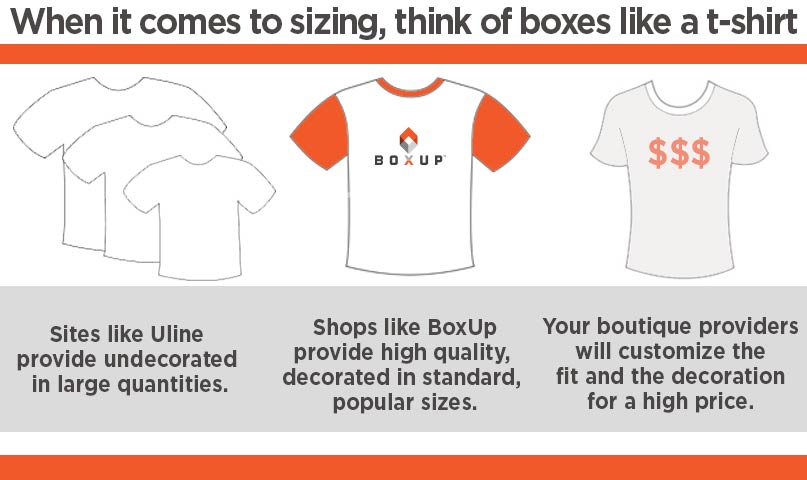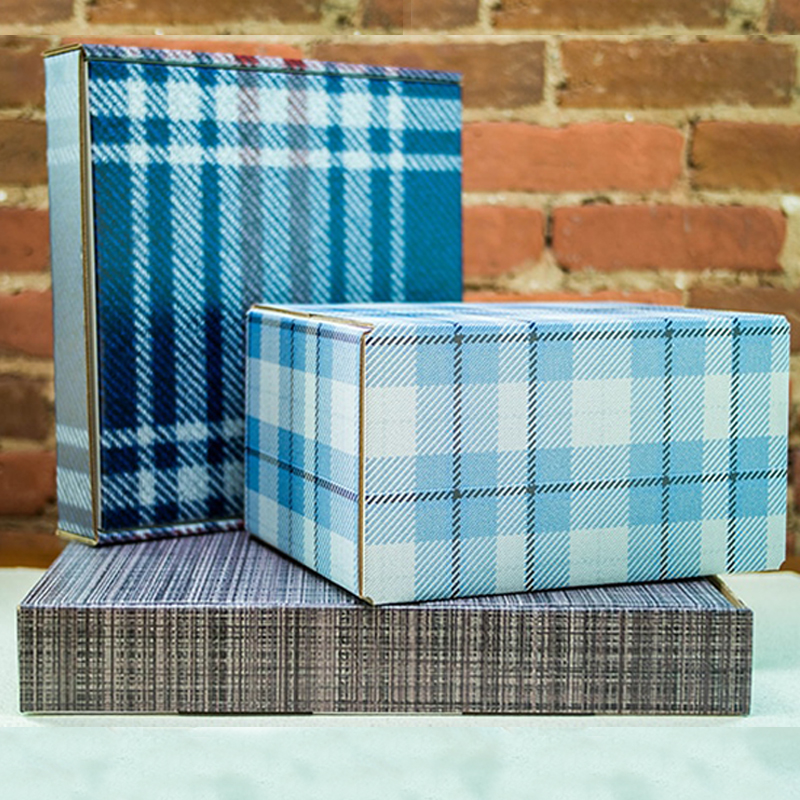What Factors Influence Size?
We’ve all experienced it, right? That book or pair of shoes arriving in a large box with lots of packing material. Seems like a waste, right? But is it? When you look at all the factors: the cost of box, cost of packing material, shipping expense and inventory cost suddenly something that seems so simple, is far more complicated. Finding the “perfect” fit isn’t always a glove-like fit. Here are a few things to consider when looking at the size of your material versus the size of your box.
Type of Structure
Whether you choose a standard shipper, called a regular slotted container RSC or a rolled tuck closure, the structure mechanics can have an implication on the strength, square footage, and unboxing of the finished good.
Square Feet
The square footage of your box structure when it lays flat play a big part in the cost of your box. Think of it like a big cookie cutter where everything inside the cutter is your square footage. The amount of material needed, the amount of ink needed all play into the cost. Those strong self-locking sides are strong, but it means every inch of the box height is doubled in assembly. Rolled tuck closure? A beautiful presentation, but an extra strip of material. All these decisions play into the balance between presentation and box cost.
Cubic Feet
As parcel delivery in the US continues to grow, this one gets ever more complicated. UPS now charges based on dimweight – which stand for dimensional weight. USPS offers tiered shipping pricing based on cubic feet. If you’re a big shipper like Amazon, dimweight is a rounding error. If you’re a start-up business, dimweight can really factor into your shipping cost.
Inventory Cost
But if you ship many different sizes of goods, the cost of having many different structures in smaller order quantities may not make sense. Using one common structure, but being able to order in large volumes may provide you with pricing discounts that outweigh the dimension weight factors. Or alternatively, being able to order small volumes with a digital printed technology for one-off or a special mailing might also prove cost effective.
Standard versus Custom Sizes
What’s your fit? Like a basic t-shirt, how you go about sizing it can make a big difference in your cost. And, like that book swimming in extra box material, having extra head space may not be a bad thing.

